Five Simple Steps for Improving Concentration
Posted on November 15, 2012 by Debra Burdick
 Being able to pay attention improves all aspects of our lives including memory, learning, relationships, stress levels, and overall mental and physical health. People have trouble concentrating for a variety of reasons. Poor concentration is a hallmark of ADHD and is a symptom of depression, anxiety, and poor sleep. Feeling stressed and time pressured can also impair concentration. Practice the following basic Mindfulness process to actually train your ability to pay attention and concentrate. Try the ‘Mindfulness of Eating’ process included at the end.
Being able to pay attention improves all aspects of our lives including memory, learning, relationships, stress levels, and overall mental and physical health. People have trouble concentrating for a variety of reasons. Poor concentration is a hallmark of ADHD and is a symptom of depression, anxiety, and poor sleep. Feeling stressed and time pressured can also impair concentration. Practice the following basic Mindfulness process to actually train your ability to pay attention and concentrate. Try the ‘Mindfulness of Eating’ process included at the end.
Here are the basic steps of paying attention.
1) Select what you want to pay attention to and set your intention to pay attention to it. This is a necessary and often overlooked step. Knowing what you are intending to pay attention to helps you recognize when your mind has wandered from your intended target of attention.
The target of your attention could simply be your breath, or any task you are performing such as eating, getting dressed, doing homework, completing a project at work, doing a chore, working out, or even listening to your kids.
 2) Notice when you are not paying attention to your chosen target of attention. Setting your intention in step one makes this step easier. Remind yourself what you are supposed to be paying attention to. Then recognize when you are distracted by your thoughts or the activities going on around you. Notice when you have been sidetracked and are now focusing on something else. Don’t worry about how soon you notice. With practice you will catch yourself more quickly.
2) Notice when you are not paying attention to your chosen target of attention. Setting your intention in step one makes this step easier. Remind yourself what you are supposed to be paying attention to. Then recognize when you are distracted by your thoughts or the activities going on around you. Notice when you have been sidetracked and are now focusing on something else. Don’t worry about how soon you notice. With practice you will catch yourself more quickly.
3) Don’t judge or beat yourself up because your mind wandered. It is normal for thoughts to wander. With more than sixty thousand thoughts a day, don’t expect to be able to pay attention to something without experiencing thoughts about other things. We live in a distracted and distracting world. Lots of things compete for our attention.
If you have become distracted, that’s okay. It’s normal. Accept that this is part of the process and will lessen with practice.
4) Bring your attention back to your chosen target of attention. As soon as you notice that your mind has wandered gently bring your attention back to what you want to concentrate on. Do your best to avoid engaging with the distracting thought. Just notice it and bring your attention back to your target of attention. If you have been sidetracked and find yourself doing something else, just bring you attention back and get back on track.
5) Repeat steps 2 – 4 over and over again. This gives you practice with the process of bringing you attention back and strengthens your ability to do so. As with any skill, practice makes perfect. You don’t expect to be able to play the piano without learning the basics and practicing on a regular basis. You don’t swim without practicing the strokes until it becomes automatic. The same is true with learning to pay attention. Practice it while doing everything you do. It will get easier and eventually become effortless.
EXAMPLE – MINDULNESS OF EATING
 Set your intention to focus your full attention on the process of eating. Whenever other thoughts arise, notice them, dismiss them, and remind yourself of your intention to pay attention to eating. Notice how the food looks as it sits on your plate. Be aware of the food’s aroma, color, shape. Before you start to eat notice how your stomach feels. Does it feel hungry, empty? Is it comfortable, uncomfortable? Can you connect how it feels with hunger? Tune in to how your stomach feels and make sure you are hungry before you eat.
Set your intention to focus your full attention on the process of eating. Whenever other thoughts arise, notice them, dismiss them, and remind yourself of your intention to pay attention to eating. Notice how the food looks as it sits on your plate. Be aware of the food’s aroma, color, shape. Before you start to eat notice how your stomach feels. Does it feel hungry, empty? Is it comfortable, uncomfortable? Can you connect how it feels with hunger? Tune in to how your stomach feels and make sure you are hungry before you eat.
As you put the food on your fork, notice its weight and consistency. As you place the food in your mouth, notice the aroma, the temperature, how it feels in your mouth. As you chew focus on the flavor, the texture, the chewiness. Pay attention to how it feels when you chew the food. Notice if it is tender, tough, slippery, smooth, rough, tangy, sweet, sour, hot, or cold. Be aware of whether it sticks to your teeth.
If your mind wanders, just remember your intention and bring your attention back to eating. Again notice the feeling of the food in your mouth, on your teeth, on your tongue, on your lips. Chew until it is completely ready to be swallowed. Pay attention to how the food feels as you swallow and it leaves your mouth and slides down your throat. Notice if there is any food still in your mouth or if it’s empty now. Tune in to how your stomach feels. Notice how it feels different after you have eaten a little food and then after you have eaten a lot of food. Repeat this process until your food is gone or until you feel full.
I would love to hear your personal experiences with this topic.
Categories: ADHD, Anxiety, Depression, Mindfulness
Tags: ADHD, anxiety, concentration, depression, Mindfulness

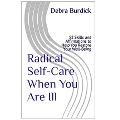

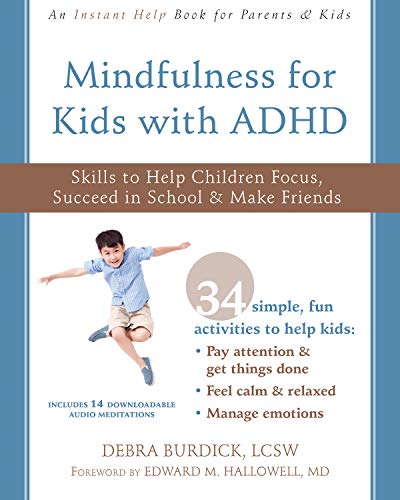
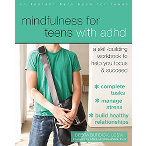
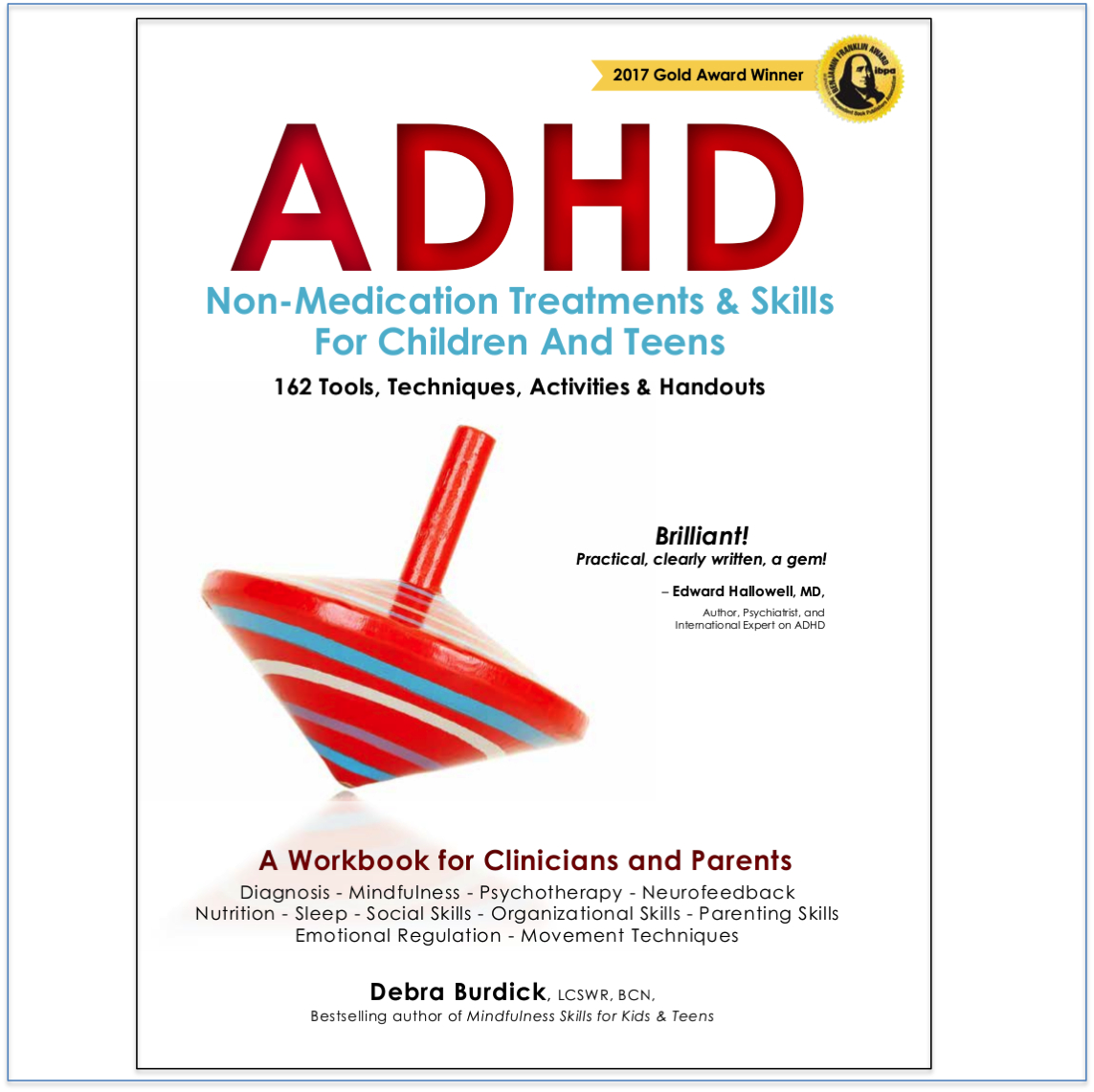
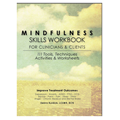
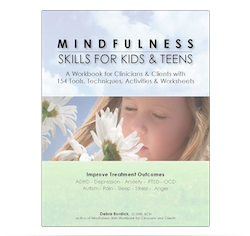
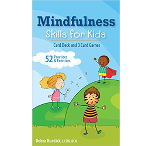
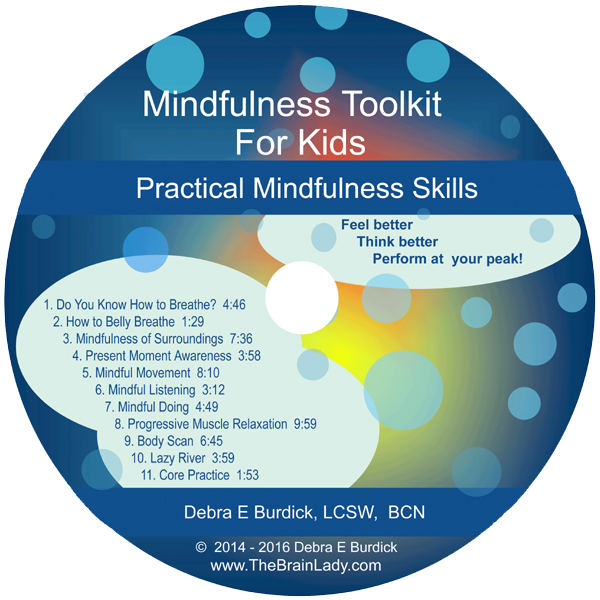
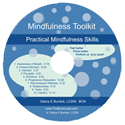
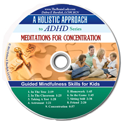
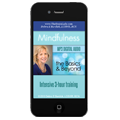
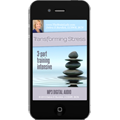
No comments yet. You should be kind and add one!
The comments are closed.